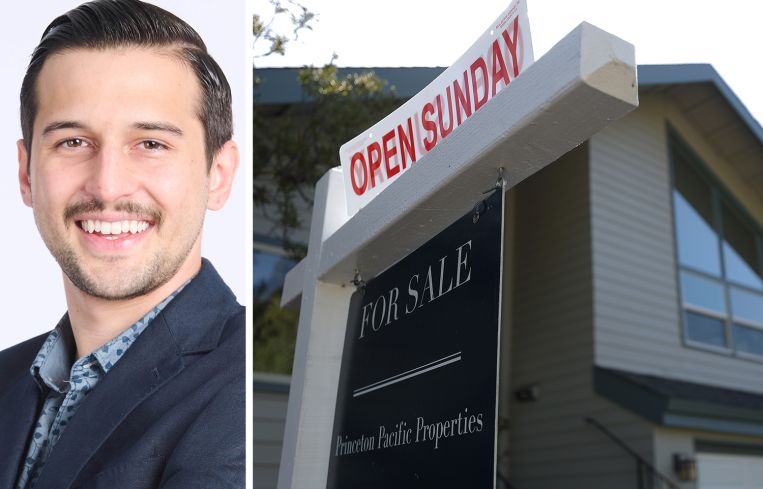The Soaring Demand for Single-Family Rentals: Op-ed
Rents for single-family homes are 41% above pre-pandemic levels
By Michael Lucarelli March 31, 2025 4:35 pm
reprints
The iconic image of a home with a white picket fence has long been a symbol of the American dream. For many, it continues to represent the ultimate goal, even if it means renting this dream instead of owning it.
As the cost of buying a single-family home continues to soar — the average cost of a home in the U.S. jumped 14 percent year-over-year according to the National Association of Realtors — many families are resorting to renting their homes. This increasing demand in turn has driven rents for single-family homes 41 percent above pre-pandemic levels, according to a recent Zillow report. This stands in contrast to multifamily rental units that have seen a comparatively moderate increase of 26 percent over the same period.
Several key factors are driving this surge. One of the most prominent is the limited supply of single-family rental homes. The inventory of homes remains constrained while the apartment market has seen a boom in construction and supply, with about 450,000 multifamily units completed in 2023, and another 960,000 still under construction, according to the National Association of Home Builders.
In addition, homeowners who might otherwise sell are choosing to hold on to their properties, given high mortgage rates that would make purchasing a new home financially unsound or unfeasible for many. This has tightened the rental market, giving landlords the leverage to push prices higher. Elevated mortgage rates, now nearing 7 percent, have forced many to remain in the rental market and have intensified the demand for single-family homes.
At the same time, demographic shifts play a significant role in fueling demand. Millennials, now averaging 38 years old, are entering life stages characterized by marriage and child-rearing, which traditionally drive the desire for more spacious living arrangements. However, a recent survey from Barron’s revealed that over half of non-homeowners believe they will never afford a home, with 58 percent of millennials sharing this sentiment.
Nowhere is this demand more evident than in California, where the cost of living and housing shortages have put enormous pressure on renters.
In the Los Angeles region, the median monthly rent for a single-family home has risen to $3,600, a 9 percent year-over-year increase, according to data by the California Association of Realtors. This compares to a nationwide average of $2,179.
Similarly, in San Francisco, rents have rebounded from pandemic-era declines, with single-family rental prices up nearly 12 percent in the past year. A combination of limited housing supply, strict zoning regulations, and a high influx of professionals seeking flexible living arrangements has placed enormous pressure on the market.
In cities like San Diego and Sacramento, single-family rentals remain in exceptionally high demand, with vacancy rates falling below 4 percent, signaling an extremely tight market, according to Zillow.
The economic implications of these rising costs are vast, affecting everything from household savings to consumer spending. With more income being funneled into rent, fewer dollars are available for other essential expenses like health care, education and retirement savings.
The disparity between single-family and multifamily rental prices underscores the need for supply growth and affordability. As demand for single-family rentals continues to rise, addressing housing supply challenges will be key to ensuring renters have access to affordable and sustainable living options. Until then, rent increases are likely to continue for this segment of the housing market, particularly in states struggling with already high demand and low supply.
Michael Lucarelli is the CEO and co-founder of RentSpree.



